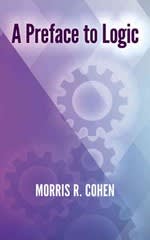Question
A company produces two types of TV stands. Type I has 6 drawers. It requires 3 single drawer pulls and 3 double drawer pulls. The
A company produces two types of TV stands. Type I has 6 drawers. It requires 3 single drawer pulls and 3 double drawer pulls. The company needs 75 hours of labor to produce the Type I TV stand. Type II has 3 drawers. It requires 6 single drawer pulls. The company needs 50 hours of labor to produce the Type II TV stand. The company only has 600 labor hours available each week, and a total of 60 single drawer pulls available in a week. For each Type I stand produced and sold, the company makes $200 in profit. For each Type II stand produced and sold, the company makes $150 in profit. a. Identify the constraints as a system of linear inequalities. Let x represent the number of 6 drawer TV stands produced and let y represent the number of 3 drawer TV stands produced. b. Graph the solution set for the system of linear inequalities. Label all points of the intersection of the boundary lines. c. Write an equation in standard form for the profit, P, that the company can make. d. How many of each type of stand should the company make if they want to maximize their profit? What is the maximum profit?
Step by Step Solution
There are 3 Steps involved in it
Step: 1

Get Instant Access to Expert-Tailored Solutions
See step-by-step solutions with expert insights and AI powered tools for academic success
Step: 2

Step: 3

Ace Your Homework with AI
Get the answers you need in no time with our AI-driven, step-by-step assistance
Get Started


